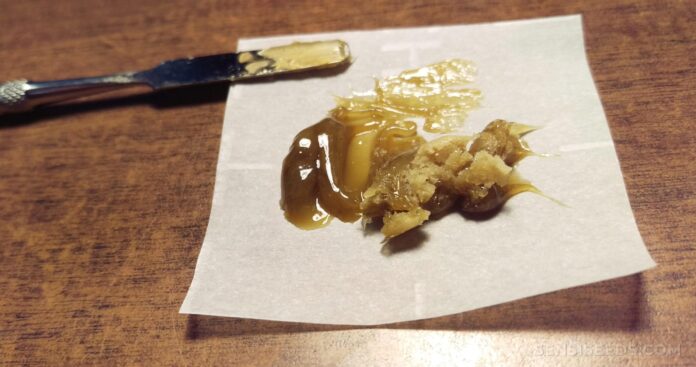In teh ever-evolving landscape of cannabis exploration, a hidden gem lurks within the intricate world of extraction: rosin. This sticky substance, born from the simple yet potent union of heat and pressure, has captivated both enthusiasts and connoisseurs alike. As the demand for cleaner and more natural cannabis products grows, rosin emerges as a interesting choice to conventional extraction methods, promising purity without the need for solvents. In this article, we will delve into the mystique of rosin-examining its origins, extraction techniques, and the role it plays in the broader context of cannabis culture. Join us as we unveil the sticky secret behind this remarkable substance and discover why it has earned its place in the spotlight of the cannabis industry.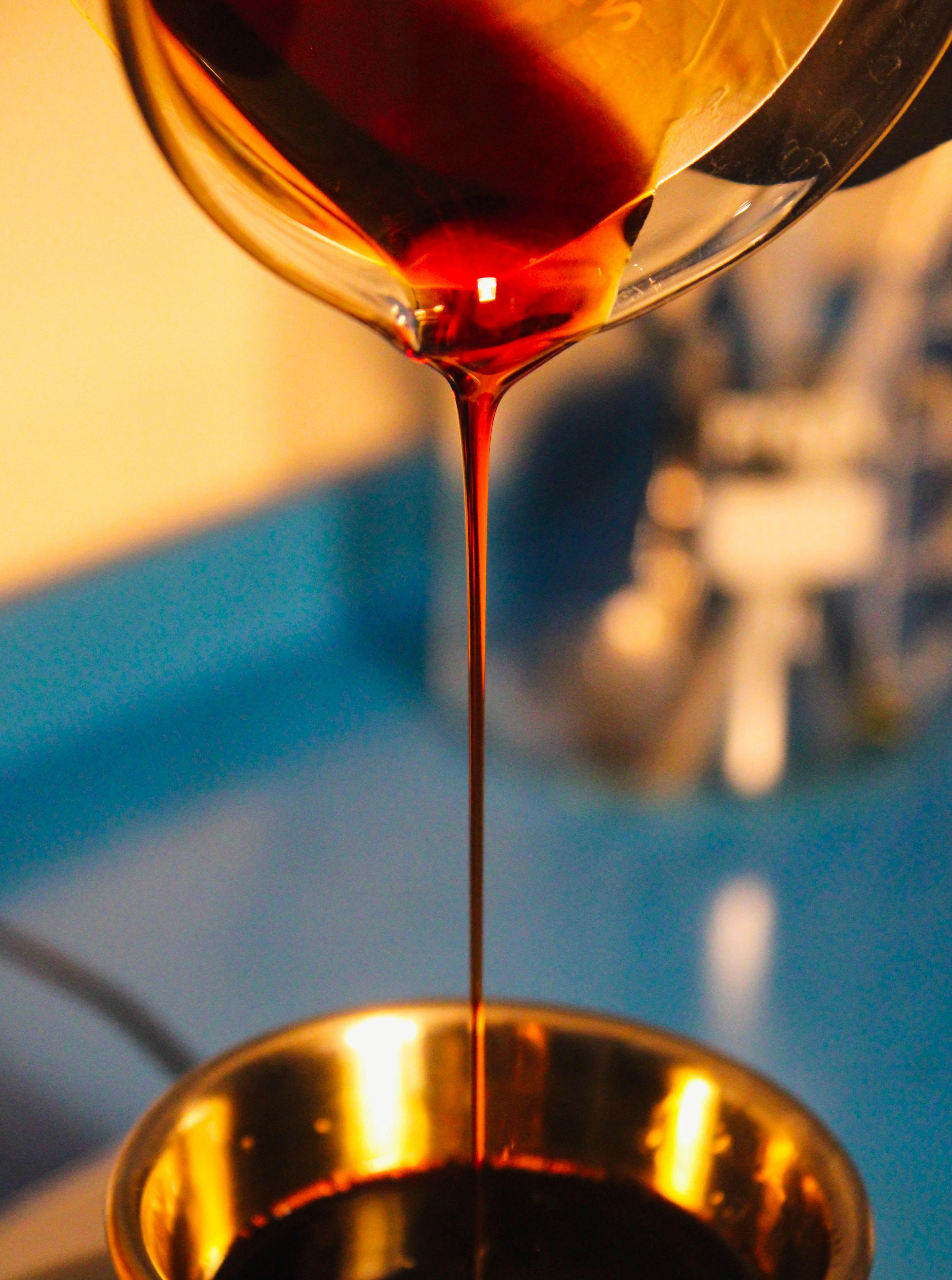
Understanding Rosin and its Place in Cannabis Extraction
At the heart of the burgeoning world of cannabis extraction lies a method that is as innovative as it is traditional: rosin extraction. This technique has gained popularity due to its ability to produce a solventless concentrate that retains the full spectrum of cannabinoids and terpenes found in the plant. Unlike other extraction methods that utilize solvents, rosin harnesses heat and pressure, making it a preferred choice for those seeking a clean and potent product.
What sets rosin apart is not just its purity,but also its versatility. This extraction method can be applied to a variety of cannabis materials, including:
- Flower: Whole buds can be pressed to release their oils.
- Hash: Solventless hash can be transformed into a potent rosin extract.
- kief: The resinous trichomes collected from flowers can yield a highly concentrated product.
Each form presents unique profiles that appeal to different consumers, whether they are seeking the robust effects of flower-derived rosin or the concentrated potency of kief. Moreover, the result is a viscous, brittle, or sap-like substance known for its enticing flavors and aromas.This richness can be attributed to the preservation of terpenes, which are crucial not just for taste, but also for the entourage effect in which various compounds work synergistically to enhance therapeutic benefits.
The process is surprisingly simple, yet requires a careful touch. Typically, rosin is extracted using an apparatus that applies both heat and pressure to the chosen cannabis material.As a result,the trichomes – small,glandular structures rich in cannabinoids – burst and release their sticky resin. The outcome is not only appealing visually, resembling a glistening amber, but it also boasts high potency levels, frequently enough measuring above 60% THC or CBD.
To help delineate the effectiveness of rosin extraction compared to other methods, consider the following table:
| Extraction Method | Solvent Used | Purity | Flavor profile |
|---|---|---|---|
| Rosin | None | High | True to Strain |
| Butane Hash Oil (BHO) | Butane | Moderate | Often Altered |
| Alcohol Extraction | Alcohol | Variable | Moderately Retained |
The rise of rosin marks a shift towards cleaner, more health-conscious consumption methods within the cannabis community, reflecting a broader awareness of the benefits of maintaining the plant’s natural compounds intact. As enthusiasts and medicinal users alike seek out more reliable and potent options, rosin stands out as a formidable contender in the world of cannabis concentrates.
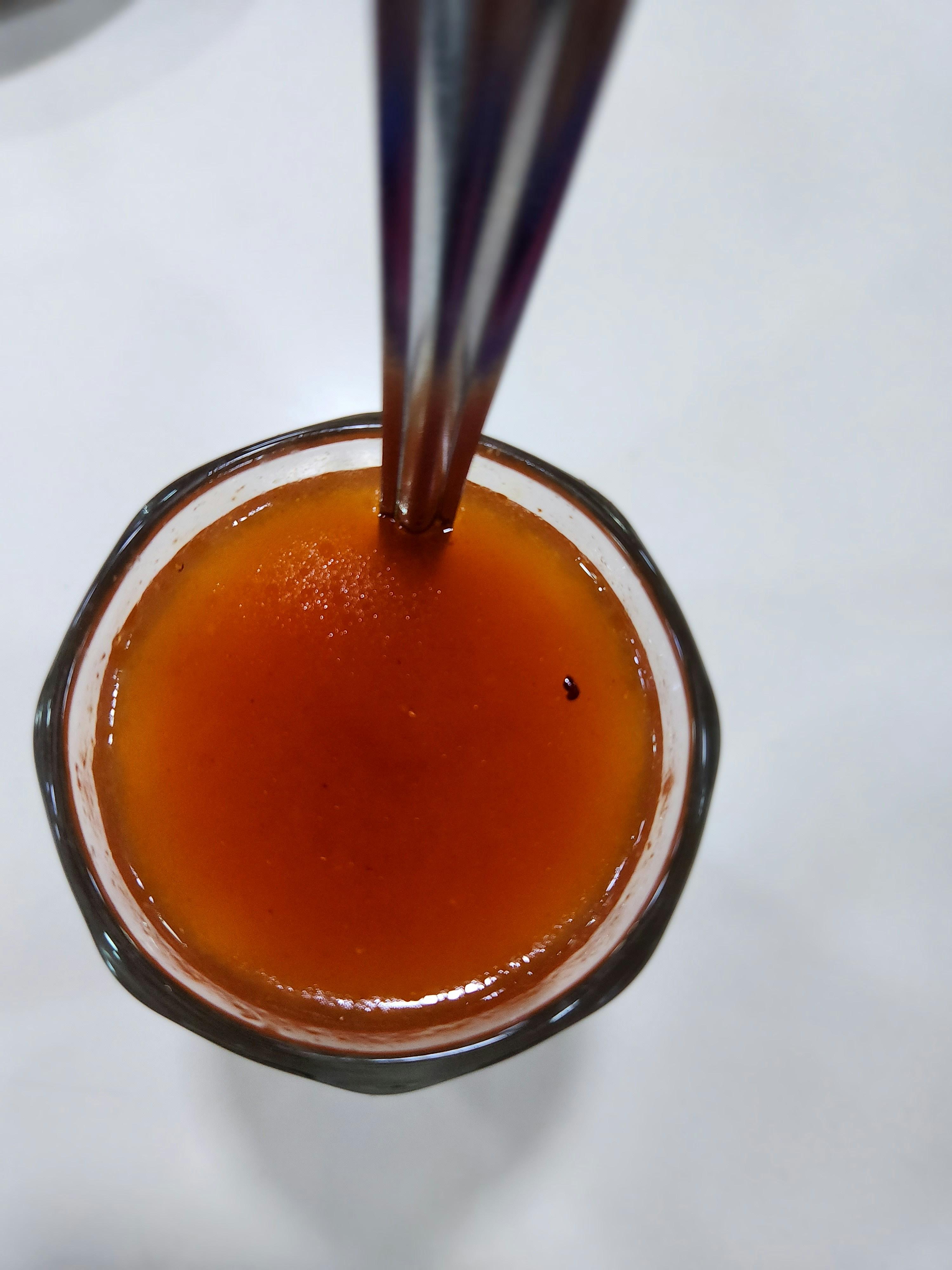
The science Behind Rosin: A Deeper Look at the extraction Process
The extraction of rosin is a meticulous process, rooted in the principles of physics and chemistry, where heat and pressure unite to effectively liberate the trichomes from the Cannabis plant. Unlike solvent-based extraction methods, rosin extraction is celebrated for its simplicity and purity, offering enthusiasts a solvent-free concentrate that perfectly captures the plant’s essence.The transformation of flower or hash into rosin occurs thru a combination of controlled temperature and pressure, allowing the resinous trichomes to become malleable and flow out of the plant material.
Understanding the ~rosin extraction process~ involves several key steps:
- Preparation: Select high-quality flower or hash, preferably rich in trichomes, to maximize yield and flavor.
- Heat Application: Utilize a heat source, such as a heat press or flat irons, generally between 180°F and 220°F (82°C – 104°C), to melt the trichomes.
- Pressure Application: Apply pressure through the press, using tons of force to squeeze out the resin without compromising its integrity.
- Collection: Collect the rosin as it oozes out, often using parchment paper as a surface to catch the sticky extract.
What makes rosin particularly intriguing is the delicate balance of temperature and pressure.Too low, and the trichomes won’t release efficiently; too high, and the taste and aroma profiles can be compromised by vaporizing terpenes. This fine-tuning is frequently enough regarded as an art form, where experienced extractors develop a *sixth sense* for optimal conditions, leading to vibrant flavors and potent effects.
| Parameter | Optimal Range | Impact |
|---|---|---|
| Temperature | 180°F – 220°F | Flavor & aroma |
| Pressure | 5-20 tons | Yield & Consistency |
| Material Type | Flower / Hash | Quality & Potency |
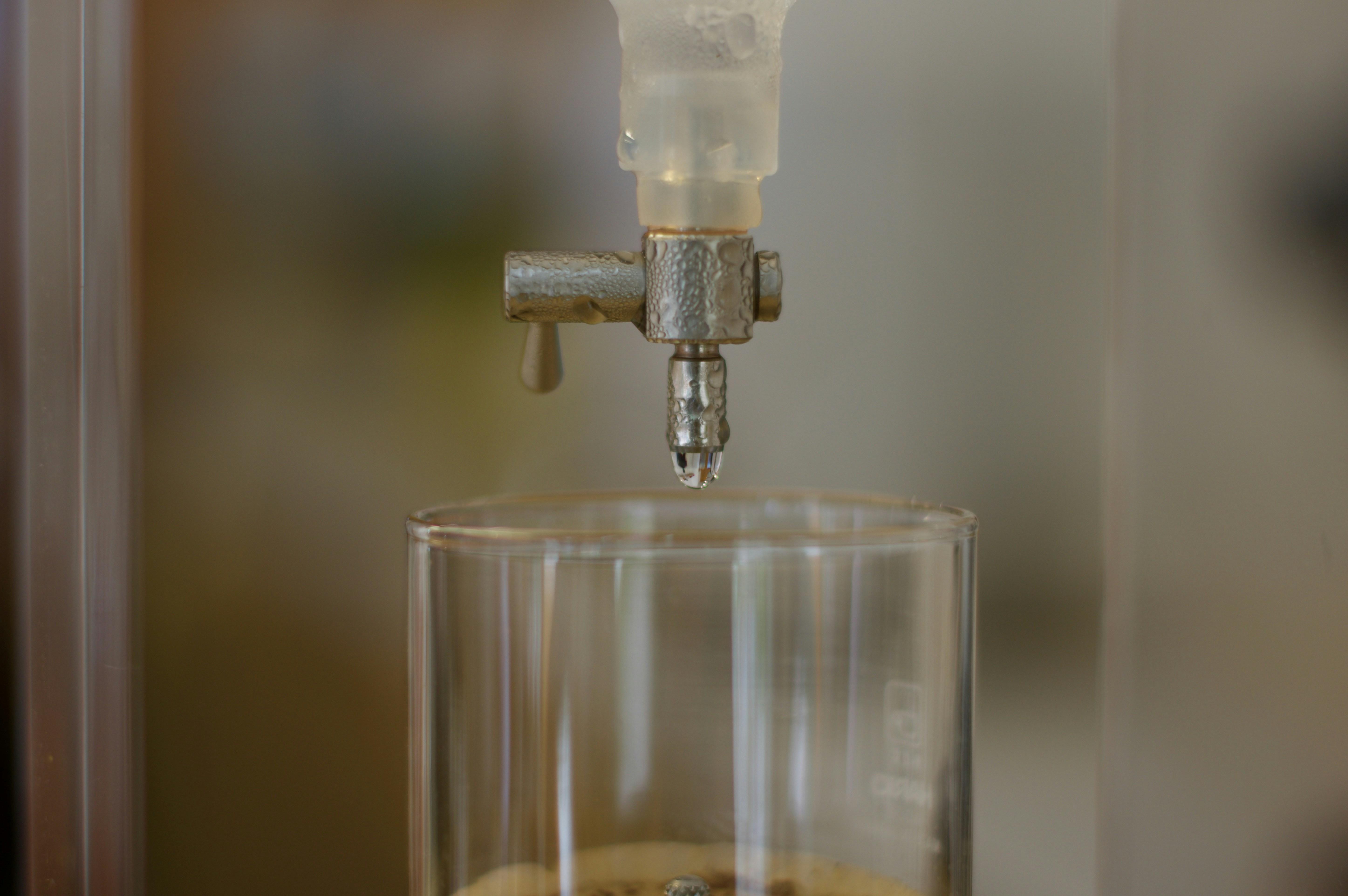
comparing Rosin to Other Extraction Methods
When it comes to extracting cannabinoids from cannabis,various methods have emerged,each with its own unique advantages and drawbacks. One of the most intriguing methods is rosin extraction,which is often compared to more traditional techniques such as butane extraction and CO2 extraction. Understanding how these methods stack up against each other can definitely help consumers and producers make informed choices.
Rosin extraction is hailed for its simplicity and safety. Utilizing heat and pressure, rosin preserves the purity of the cannabinoids and terpenes without the use of solvents, making it a highly desirable choice for those who prioritize clean consumption. In contrast,methods like butane extraction,while efficient at yielding high-potency products,often come with the risk of residual solvents,which can affect quality and safety. Here are some key differences:
- Purity: Rosin captures the natural essence of cannabis without chemicals, while butane may leave behind harmful residues.
- Flavor: Rosin typically retains a fuller flavor profile, reflecting the plant’s original terpene composition more faithfully.
- Control: The rosin technique can be easily performed at home, giving users control over their extraction process.
Another contender,CO2 extraction,is known for producing high-quality concentrates as well. However, this method requires sophisticated equipment and considerable technical knowledge, which can hinder its accessibility to the average consumer. Despite its higher efficiency and ability to selectively target specific cannabinoids,the initial investment and operational costs may deter smaller producers.to encapsulate these differences, consider the following comparison:
| Extraction Method | Cost | Safety | Quality | Accessibility |
|---|---|---|---|---|
| Rosin | Low | High | Very High | Easy |
| Butane | Medium | Medium | High | Moderate |
| CO2 | High | High | Very High | Complex |
while rosin extraction offers a user-friendly, solvent-free option perfect for everyday enthusiasts, other methods like butane and CO2 extraction present their own unique sets of advantages. Ultimately, the choice depends on specific needs, safety preferences, and desired outcome in the journey of cannabis extraction.

Quality Control: Ensuring Purity and Potency in Rosin Production
In the world of rosin production, maintaining purity and potency is paramount. this process, which harnesses heat and pressure to extract cannabinoids from cannabis, is susceptible to various factors that can compromise the quality of the finished product. To ensure that every batch meets the highest standards, cultivators and manufacturers implement rigorous quality control protocols, focusing on key aspects of production.
One essential component is source material selection. The integrity of the starting cannabis flowers is crucial,as they directly influence the overall quality of the rosin. Growers often test their crops for various characteristics, including trichome density and overall cannabinoid profile, prior to extraction.This allows for a more predictable outcome and enhances the consistency of the final product. Points of focus include:
- Strain choice – Selecting high-yield, resinous strains
- Harvest timing – Ensuring peak trichome advancement
- Pest management – Avoiding contaminants from unapproved chemicals
Following careful selection, the extraction process must be meticulously monitored. factors such as temperature, pressure, and extraction time play a significant role in determining the resultant purity and potency. Many producers invest in state-of-the-art equipment and conduct consistent calibration of machines to align with industry standards. Moreover, periodic checks help in identifying inconsistencies or variations that could jeopardize quality. A simple overview of the critical parameters includes:
| Parameter | Importance | Recommended Range |
|---|---|---|
| Temperature | Affects terpene preservation and potency | 160°F – 220°F |
| Pressure | influences yield and quality | 600-1000 psi |
| Time | Balances efficiency and purity | 30-120 seconds |
post-extraction testing is the cornerstone of quality assurance. Comprehensive lab analyses determine the cannabinoid concentration, terpene profile, and the presence of any contaminants. This data not only verifies compliance with health regulations but also provides consumers with openness regarding what they are consuming. By prioritizing quality control throughout the entire process, producers can deliver rosin that not only meets but exceeds expectations in purity and potency, ensuring a premium user experience.
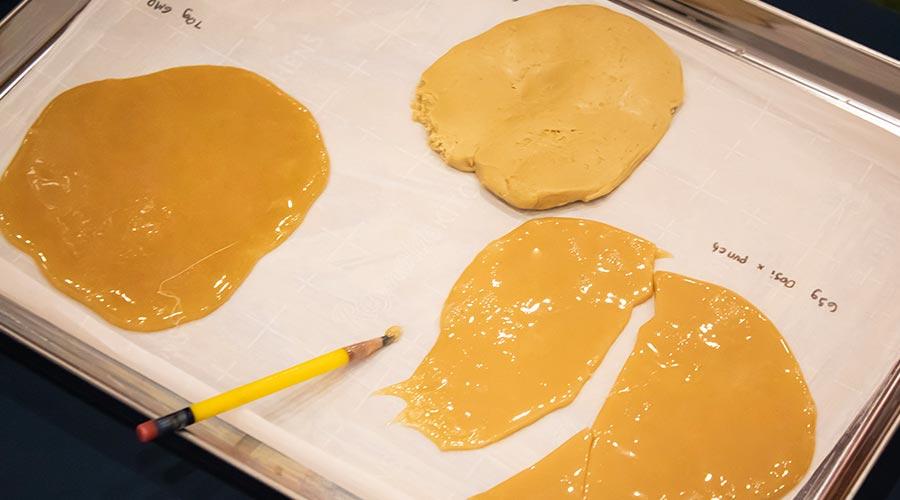
Innovative Techniques for Home Rosin Extraction
Exploring the art of home rosin extraction opens up a world of opportunities for cannabis enthusiasts. This method, which harnesses heat and pressure to create pure, solventless concentrates, can be enhanced with innovative techniques that optimize yield and simplify the process. Here are some approaches to refine your technique:
- Temperature Control: Maintaining precise temperatures during extraction is crucial. Experimenting with lower temperatures can yield a more flavorful product, while higher temperatures may increase the quantity but often sacrifice taste.
- Pressing Methods: Utilize pneumatic or manual presses designed specifically for rosin extraction. Pneumatic presses not only provide consistent pressure but also reduce physical effort, enhancing user experience.
- Materials Selection: The quality of your starting material influences the output substantially. Choosing well-cured flowers or bubble hash can yield a higher quality product, impacting both potency and overall flavor.
Moreover, the use of advanced tools such as digital thermometers and pressure gauges allows for a more controlled and repeatable extraction process.incorporating these instruments ensures you can dial in on the ideal settings for your preferred strain and achieve a consistent product every time.
In addition, employing a pre-press method can further improve extraction efficiency. This technique involves compressing your cannabis before the application of heat and pressure to maximize the surface area. Taking advantage of specialized rosin bags or pouches can help filter out undesirable plant materials, resulting in a cleaner final extract.
| Technique | benefit |
|---|---|
| Temperature control | Enhances flavor and aroma |
| Pneumatic Press | Consistent pressure with less effort |
| Material Quality | Higher potency and flavor profile |
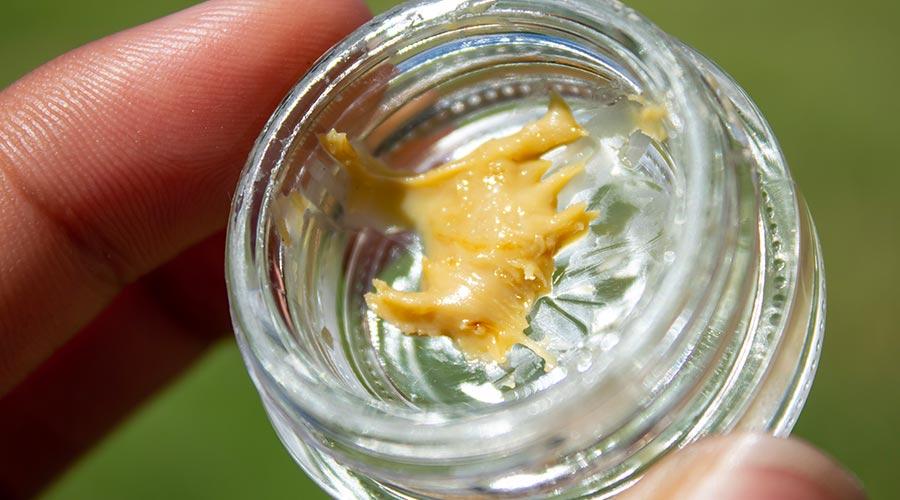
Exploring the Future of Rosin in the Cannabis Industry
As the cannabis industry continues to evolve, rosin extraction stands out as a method that captures the essence of the plant while minimizing the use of solvents. With growing consumer demand for cleaner, more natural products, rosin has carved its niche as a favorite among connoisseurs and casual users alike. Unlike traditional extraction methods that often involve complex chemical processes, rosin is obtained through the application of heat and pressure, yielding a product that is both potent and flavorful.
The future of rosin in the cannabis market is bright, driven by advancements in technology and extraction techniques. Innovative devices,such as hydraulic presses and state-of-the-art extraction units,are making it easier for producers to create high-quality rosin at scale. As more companies invest in this method,we can expect to see an increase in the diversity of rosin products,including:
- Full-spectrum extracts: Capturing a wide range of cannabinoids and terpenes.
- Varietal rosin: Made from different cannabis strains, showcasing unique flavor profiles.
- Commercial-grade options: Targeted for larger retail markets without compromising quality.
As consumers become more educated about the benefits of rosin, the demand for transparency and quality assurance will drive industry standards. Producers will need to focus on lasting cultivation methods and robust testing protocols to maintain consumer trust.The introduction of regulations will likely play a crucial role in standardizing rosin extraction processes, ensuring that products are safe and effective. This evolution could lead to partnerships between cultivators and extractors, fostering a community-centric approach to quality and sustainability.
| Aspect | Traditional Extraction | Rosin Extraction |
|---|---|---|
| Solvent Use | Requires solvents | No solvents required |
| Flavor Quality | May alter flavor | Retains natural flavor |
| Production Cost | Higher | Lower in some cases |
| Safety | Possibly unsafe residues | Generally considered safer |
This momentum could ultimately lead rosin to not just be a product of choice, but also a standard in the cannabis industry. With its promising narrative rooted in quality, sustainability, and consumer awareness, rosin is poised to reshape the way we view cannabis concentrates and their place in the market.
To Wrap It Up
As we draw the curtain on our exploration of rosin, it becomes clear that this sticky substance is so much more than just a byproduct of cannabis processing; it is indeed a testament to the art and science of extraction. With no solvents involved,rosin captures the essence of the plant,preserving its unique flavors,aromas,and effects. Whether you’re a connoisseur seeking a purer experience or a curious newcomer diving into the world of cannabis,understanding rosin opens the door to a new recognition of this multifaceted plant.
As the industry continues to evolve, so too will the techniques and technologies behind rosin extraction. From its humble beginnings in DIY setups to its growing prominence in dispensaries worldwide,rosin signifies a shift towards cleaner,more artisanal practices,resonating with consumers who value quality and sustainability.
So, the next time you encounter this golden extract, remember the intricate journey it undertook to reach your senses. With every dab and every draw, you partake in not just a product, but a movement towards a deeper party of cannabis itself. As we wrap up our deep dive into rosin, we invite you to continue this journey of discovery, exploration, and enjoyment in the ever-expanding realm of cannabis.


